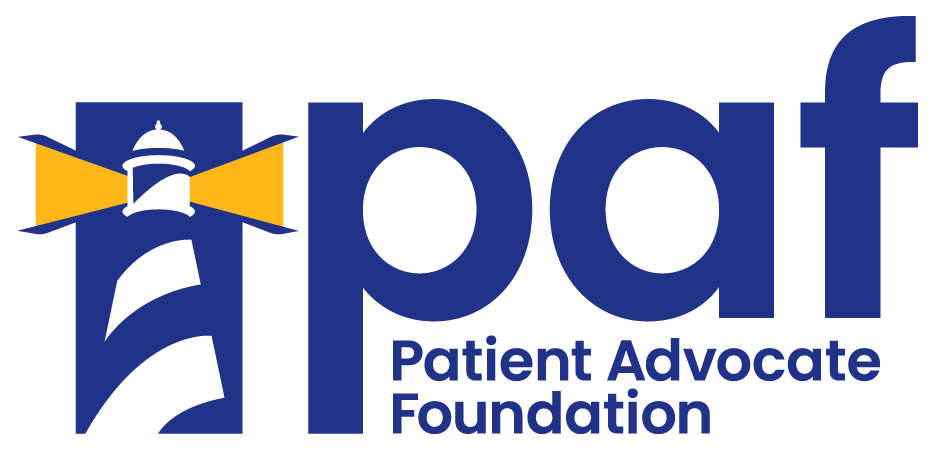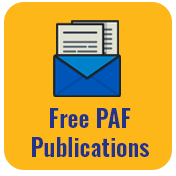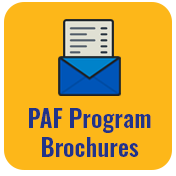PAF and NPAF Expand Health Equity Efforts, launching Several New Programs in Early February
Patient Advocate Foundation and National Patient Advocate Foundation will expand their health equity efforts by launching a comprehensive strategy comprised of several programs beginning in early February. These efforts build upon both organizations’ more than 25 years of experience with providing assistance to, and advocating on behalf of, a diverse population of low-income patients navigating the effects of social determinants on their ability to access, afford and adhere to prescribed medical care.
According to the Centers for Disease Control and Prevention (CDC), health equity is “achieved when every person has the opportunity to “attain his or her full health potential” and no one is “disadvantaged from achieving this potential because of social position or other socially determined circumstances.” In pursuit of this goal, PAF and NPAF will utilize a multifaceted approach across all core programs and patient services including case management, financial assistance, community engagement, patient education, and health services research. The strategy focuses on building capacity in partnership with community-based organizations to assess social needs gaps (i.e., specific social, financial and logistical barriers to care) and link people to safety net services and social needs navigation support that mitigates those barriers. Some work will focus on specific locations, such as the south side of Chicago and the Mississippi Delta. Other initiatives will focus on specific populations and diseases, such as Black women with triple negative breast cancer and persons of color living with inflammatory bowel disease. The goal is to bring support to the communities that need it most through an engagement strategy centered around “meeting people where they are” and aligning with the trusted entities in their community.
A fundamental problem is that not everyone, everywhere has access to the same things in the same way. Where a patient lives plays a major role in determining where and how they receive care and support. Thus, PAF and NPAF will rely on strategic resource allocation to direct assistance to specific populations and places experiencing intense social and financial needs in a system with unequal access to safety net services and resources.
Following months of research and development, PAF established a methodology based on CDC data and tools that identified 220 counties across 31 states with the highest rates of social vulnerability and a high burden of multiple chronic diseases.
PAF and NPAF is prioritizing these 220 counties when building relationships and capacity to help ensure that PAF’s patient support programs are accessible to those who live in places where the need is greatest. For example, PAF will launch a series of charitable copay assistance funds starting in February that will provide financial support specifically to eligible low-income residents of these 220 counties.
This targeted approach to resource allocation will expand the degree to which PAF and NPAF reach and serve the most vulnerable patients facing inequalities in the health care system in a way that: 1) increases their opportunity to attain the highest level of health by addressing their access and affordability challenges; and 2) produces data and patient stories that enable advocacy and research activities to expose social needs gaps.
PAF’s newly created Patient Insight Institute will consolidate a growing portfolio of health services research to build the evidence for and understanding of how social determinants of health, total costs of care, and associated social needs and financial burdens impact patients and their families. This body of work will enhance the evidence base for social needs navigation by defining the scope of services for this type of support and demonstrating its value to patients and caregivers to inform and drive policy and practice reforms.
NPAF will carry the Patient Insight Institute’s work forward through a focused advocacy campaign to introduce, standardize and scale social needs navigation as a standard of practice across the US healthcare system.
PAF and NPAF’s comprehensive health equity strategy would not be possible without the support of donors who share a common goal of increasing support for patients facing social determinants of health disparities. We would like to thank Bristol Myers Squibb, Genentech, Gilead, Johnson & Johnson, Patient Centered Outcomes Research Institute (PCORI) and the Pfizer Foundation for their generous support of specific projects and programs that are part of our 2022 health equity initiatives.






